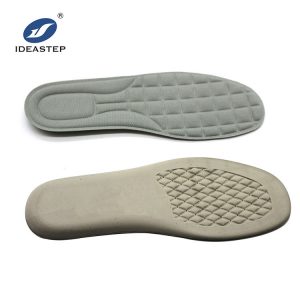
When you stand for a long time, especially in one position, your feet may go numb due to a condition called “peripheral neuropathy”. Peripheral neuropathy refers to damage or dysfunction of the peripheral nerves, which are responsible for transmitting signals between the central nervous system and the rest of the body, including the feet.
There are several reasons why standing for a long time can lead to numbness in the feet:
1. Compression of Nerves
Prolonged pressure on the nerves in the feet can compress them, leading to reduced blood flow and temporary numbness. This can happen when standing on hard surfaces or wearing tight shoes that restrict circulation.
2. Reduced Blood Flow
Standing for extended periods can cause blood to pool in the lower extremities, leading to decreased blood flow to the feet. Insufficient blood flow can result in numbness or a tingling sensation.
3. Nerve Entrapment
Standing in one position for a long time can put pressure on specific nerves, causing them to become compressed or trapped. This can result in numbness, tingling, or a pins-and-needles sensation.
4. Lack of Movement
When you stand for a prolonged period without moving, the muscles in your feet may become fatigued or cramped. This can put additional pressure on the nerves and lead to numbness.
5. Underlying Medical Conditions
Certain medical conditions, such as diabetes, peripheral artery disease, or nerve disorders, can increase the risk of experiencing numbness in the feet when standing for a long time.
To prevent or alleviate numbness when standing for long periods, consider the following:
1. Take Breaks
Regularly shift your weight or take short breaks to relieve pressure on your feet and improve blood circulation.
2. Wear Comfortable Shoes
Choose footwear with proper arch support, cushioning, and a wide toe box to reduce pressure on the nerves and promote better blood flow.
3. Use Insoles
Insoles with cushioning and shock-absorbing properties can help alleviate pressure and provide additional support.
4. Perform Foot Exercises
Stretching and flexing your feet and toes periodically can help improve circulation and prevent muscle fatigue.
If you frequently experience numbness in your feet or have concerns about your symptoms, it’s advisable to consult with a healthcare professional or podiatrist for a proper evaluation and guidance.
So you may need insoles that promote blood circulation, click here.
